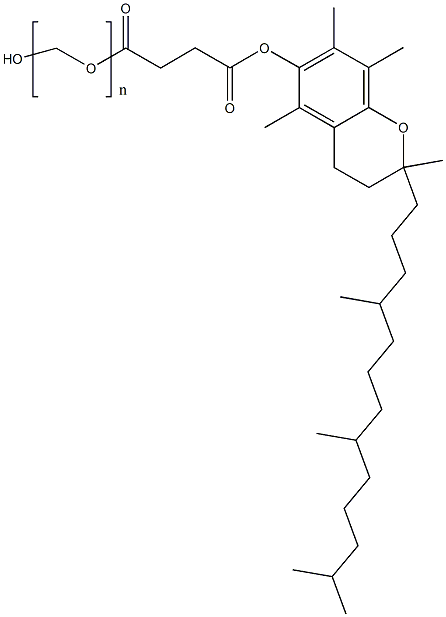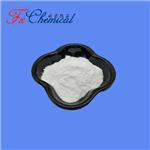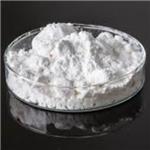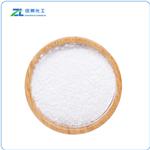Chemical Properties
Vitamin E polyethylene glycol succinate is a synthetic product. It is
available as a white to light-brown, waxy solid and is practically
tasteless. Chemically, it is a mixture composed principally of
monoesterified polyethylene glycol 1000, the diesterified polyethylene
glycol 1000, free polyethylene glycol 1000, and free tocopherol.
Uses
tocophersolan is an anti-oxidant, this is a water-soluble form of vitamin e.
Uses
Tocofersolan is a polyethylene glycol derivative of α-Tocopherol (T526125). Tocofersolan is a synthetic water-soluble vitamin E unlike its natural counterpart which are fat soluble. Tocofersolan is used in pediatrics in the treatment vitamin E-deficient cholestatic children. Tocofersolan has potential application as a absorption enhancer in drug delivery systems. Typical batch, n = 21
Production Methods
Vitamin E polyethylene glycol succinate is prepared by esterification
of the acid group of crystalline D-a-tocopheryl acid succinate by
polyethylene glycol 1000.
Pharmaceutical Applications
Vitamin E polyethylene glycol succinate is an esterified vitamin E
(tocopherol) derivative primarily used as a solubilizer or emulsifying
agent because of its surfactant properties. Structurally, it is
amphipathic and hydrophilic, unlike the tocopherols, and therefore
it is a water-soluble derivative that can be used in pharmaceutical
formulations such as capsules, tablets, hot-melt extrusion,
microemulsions, topical products, and parenterals. One of
the most important applications is its use as a vehicle for lipid-based
drug delivery formulations. It can also be used as a source of
vitamin E.
Vitamin E polyethylene glycol succinate has been characterized
with respect to its mechanism of action and studied as a Pglycoprotein
inhibitor.
Biochem/physiol Actions
D-α-Tocopherol polyethylene glycol 1000 succinate (TPGS) also known as vitamin E TPGS, is a therapeutic agent for vitamin E deficiency in children, administered during chronic childhood cholestasis. TPGS exerts anti-tumor activity in MCF-7 and breast cancer cells by downregulating anti-apoptotic proteins. TPGS finds its application as an emulsifier in the preparation of poly(lactic-co-glycolic acid) (PLGA) particles for DNA labelling, produces particles of uniform size, high encapsulation efficiency, increases hydrophilicity and prevents aggregation of particles.
Safety
Vitamin E polyethylene glycol succinate has been used at levels of
280 mg/capsule in the product Agenerase (amprenavir), which was dosed at 8 capsules (2240mg vitamin E TPGS) per day. An
additional assessment of the safety of vitamin E polyethylene glycol
succinate has been published, which includes a report showing
no-observed-adverse-effect-level (NOAEL) in rats of
1000 mg/kg/day.
storage
Vitamin E polyethylene glycol succinate is stable at ambient room
temperature for up to 4 years. It reacts with alkalis and acids.
Aqueous solutions of vitamin E polyethylene glycol succinate are
stable over a pH range of 4.5–7.5 and can be further stabilized with
propylene glycol.
Incompatibilities
Vitamin E polyethylene glycol succinate is incompatible with strong
acids and strong alkalis.
Regulatory Status
GRAS listed. Included in the FDA Inactive Ingredients Database
(ophthalmic solution or drops; oral capsules, solution, tablet;
topical solution or drops). Included in the Canadian List of
Acceptable Non-medicinal Ingredients.



